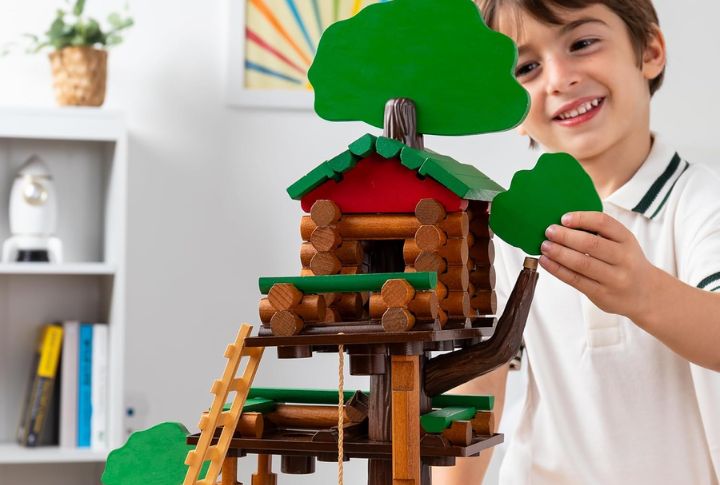
Playtime used to mean tactile toys that demanded patience and imagination. These favorites from the boomer days might feel strange to today’s youth, but their charm and simplicity created lasting memories. Step back into an era where the joy of play was pure and unplugged.
View-Master Reels
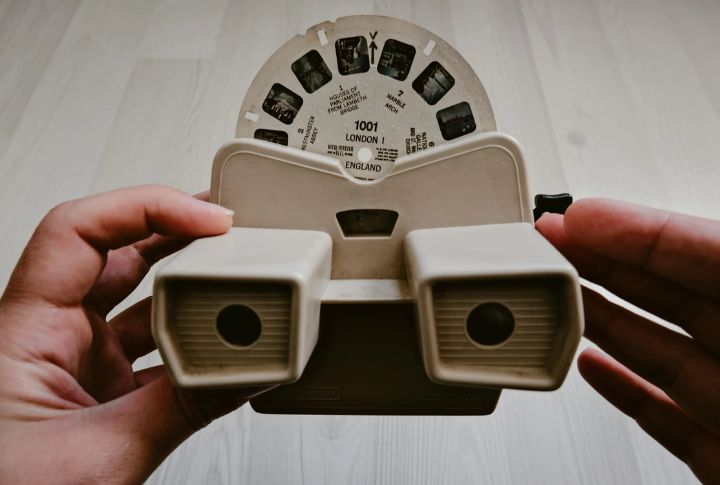
Before digital photos and endless scrolling, kids marveled at circular reels that showed 3D images through a stereoscopic viewer. Popular in the ’60s and ’70s, they showcased cartoon clips and scenic parks—but needed strong light to work, making them feel ancient to today’s video-first generation.
Rock ’Em Sock ’Em Robots
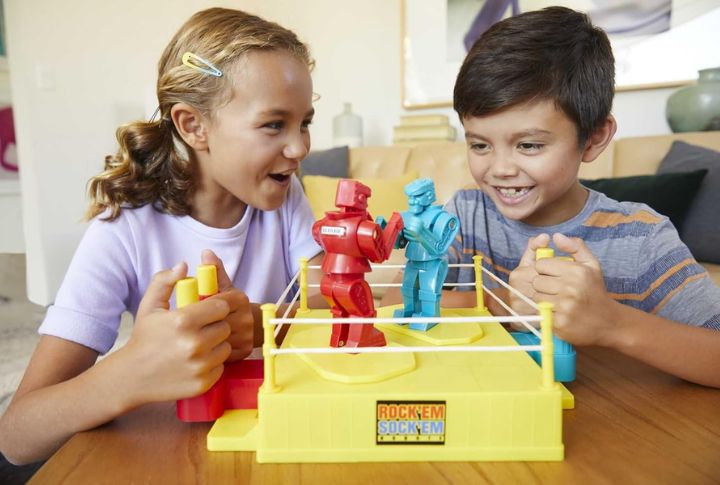
This 1964 toy by Marx Toys lets players throw punches using joysticks in a miniature boxing ring. The goal here was to pop your opponent’s robot’s head before they got yours. Its clunky charm and mechanical gameplay made it a hit with kids everywhere at that time.
Clacker Balls
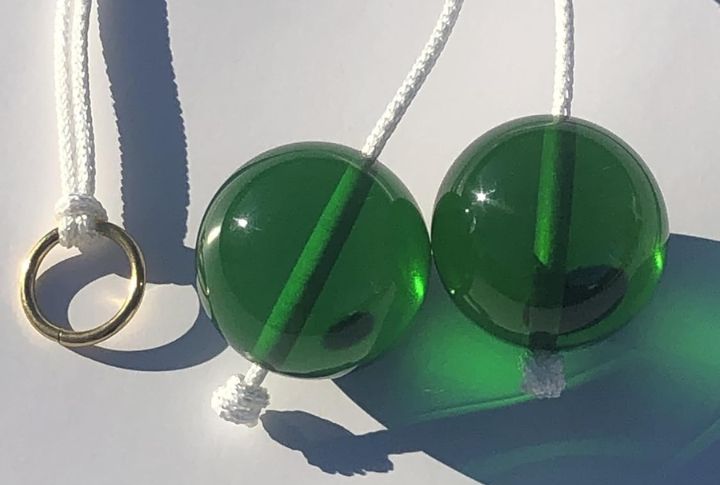
Two hard acrylic balls on strings created sharp clacks that echoed through ’70s playgrounds. These coordination toys quickly got banned in many places for posing shattering hazards. Bruises were common, but no one cared—it was repetitive and thrilling without a single screen in sight.
Etch A Sketch
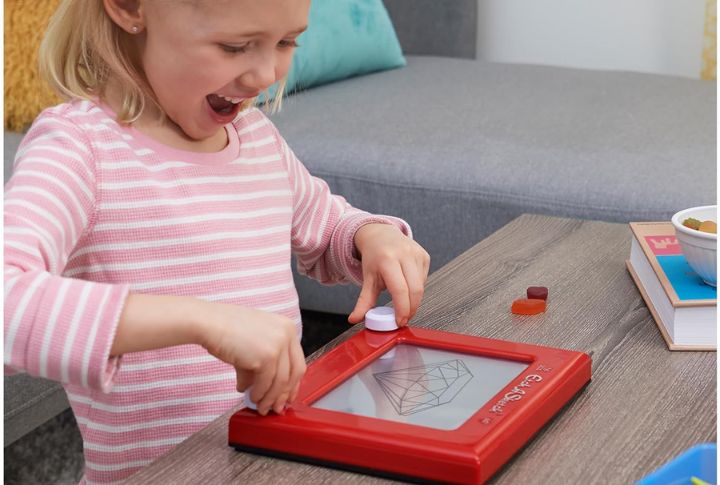
Introduced in 1960, this red-framed toy used two knobs to move an internal stylus and create line art, and there was no color or undo button. Simply shaking the screen erased everything, mistakes included. Compared to today’s touch-screen apps, it demanded serious patience and hand control.
Easy-Bake Oven
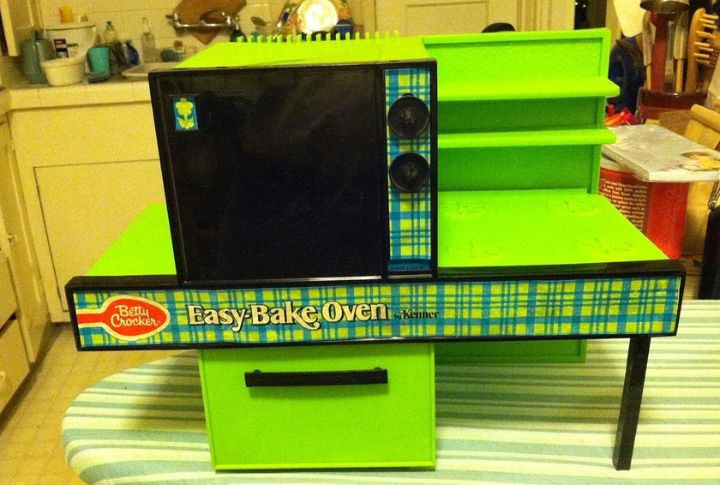
The Easy-Bake Oven, which was launched in 1963, used an actual light bulb to bake tiny cakes and stayed wildly popular through the 1980s. It took just over ten minutes to finish one cupcake, but modern redesigns were needed after energy standards phased out the original bulb.
Lincoln Logs
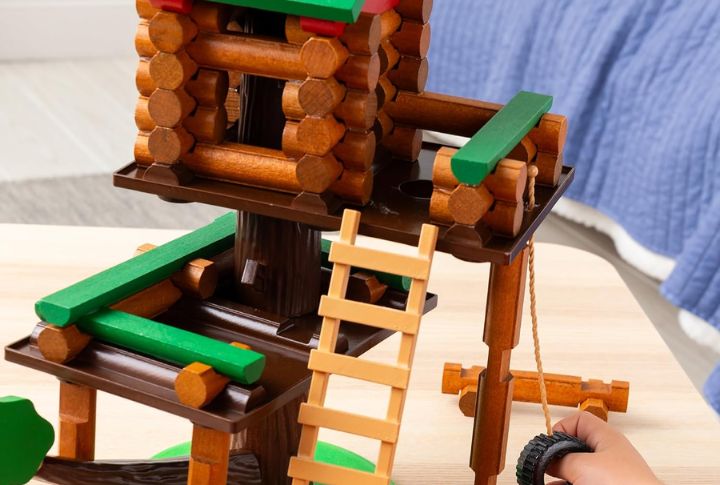
Frank Lloyd Wright’s son designed these notched wooden pieces back in 1916 to build forts and cabins—no instructions, just balance and creativity. They promoted hands-on learning and patience. But in a world where Minecraft autosaves your build, this old-school classic feels slow and uncertain.
Spirograph Set

Introduced in 1965, the Spirograph used interlocking gears and pens to produce swirling geometric designs. It rewarded focus more than speed. Perfect execution meant clean surfaces and careful hand control. If you slipped even slightly, your whole pattern could collapse into a messy blur.
Creepy Crawlers Thingmaker

This 1960s toy came with hot metal molds and goopy plastic that formed rubber bugs once heated. No parental controls or safety locks—just burnt fingers and scorched countertops. Its signature scent? A strong whiff of melting chemicals filled the whole house.
Tinker Toys
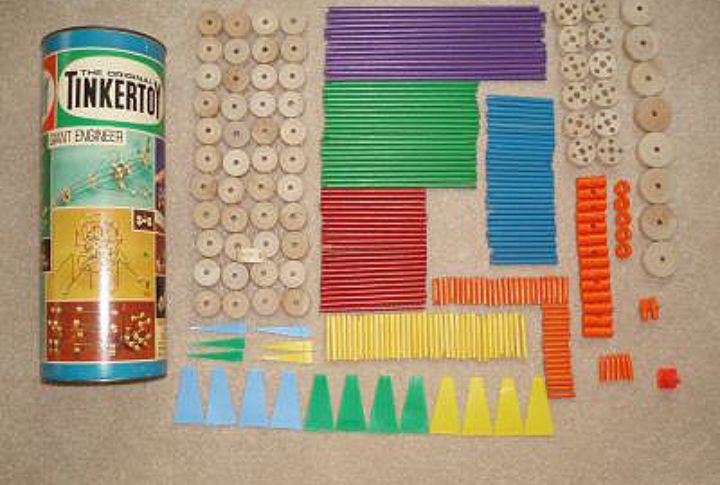
Wooden sticks and spools came together to form moving creations, all without flashing lights or batteries. First made in 1914, they stayed popular through the boomer years. Though pieces often warped or splintered, their simplicity made every build feel like a true invention.
Lite-Brite
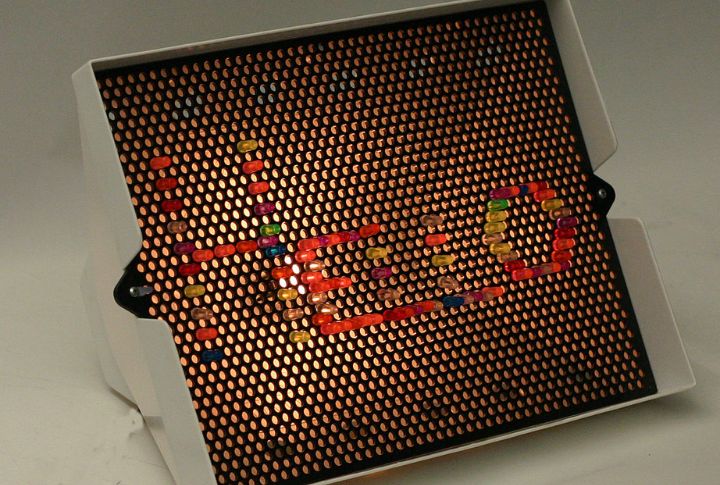
Launched in 1967, Lite-Brite lets kids press colorful pegs into a glowing board to craft vibrant designs using paper templates. But if it got bumped, your masterpiece vanished. The hot bulb even melted some templates—problems today’s LED-loving screen generation wouldn’t dream of facing.
